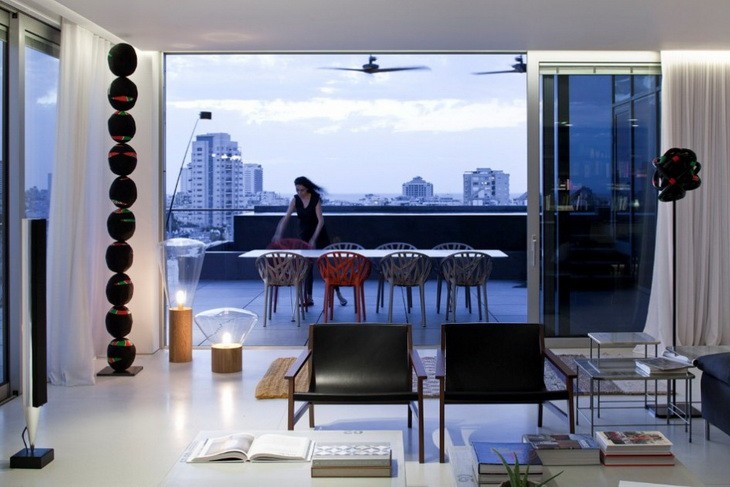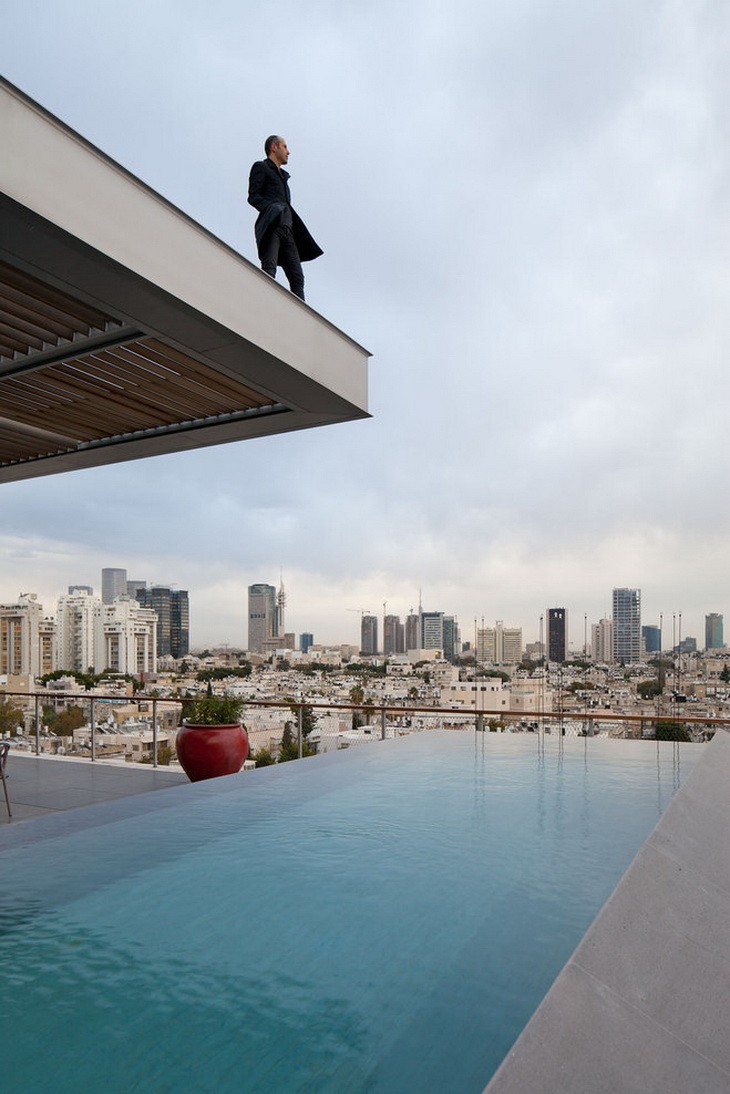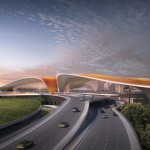 Sustainability is all about ensuring that buildings are as environmentally sound as possible. Builders, constructors and developers are obliged to comply with certain regulations, with the aim being to cut carbon emissions and protect the natural environment.
Sustainability is all about ensuring that buildings are as environmentally sound as possible. Builders, constructors and developers are obliged to comply with certain regulations, with the aim being to cut carbon emissions and protect the natural environment.
People can feel that sustainability is about living a poorer version of their current lives, but this is not the case. With the rapid developments of technology, everyone can be a winner – new and existing homes can be superior in many ways, as well as complying with and exceeding sustainability regulations. Follow CNM Estates on Twitter to receive news and updates from a company that prides itself on sustainable development in and around London.
Legislation regarding sustainability
In the UK, the main areas of legislation and regulation relating to sustainable buildings and construction practice include operational carbon emissions, building assessment, materials, waste and planning. Generally speaking, all new buildings must be “nearly zero energy” by 2020, renewable energy must be used on-site to reduce carbon dioxide emissions, and new developments must generate at least 10% of their energy needs from on-site renewable energy equipment. Ways of doing this include the installation of solar panels, generating power as rainwater drops from the roof to the ground, harnessing heat from waste water to provide energy for heating, and generating energy from composted food scraps.
Ways of reducing energy consumption that do not sacrifice style
• Use insulating concrete form in building; this is a block made from insulation material and filled with concrete for minimal transference of heat and noise.
• Install triple glazed windows with low-emissivity glass and argon gas for maximum insulation.
• Use CFL or LED light bulbs in the home.
• Supplement lighting with light tubes that use reflective material to pipe natural light into the building.
• Use biofuels; for example, boilers that use refined vegetable oil from restaurants or cafes as fuel.
• Adjust heating via an app on your mobile device to reduce wasted energy when the property is empty.
• Provide charging points for electric cars; businesses could have hybrid or electric cars for staff use.
Reducing waste
Ways of reducing waste include installing devices to catch rainwater so that it can be used to flush toilets, and for watering; fit flooring manufactured from recycled material; reuse and recycle waste; send less waste to landfill and make hazardous waste safer to handle.
There are other steps that companies can take to enhance homes and communities. Designers of new homes could add finishing touches such as cabinetry that tastefully conceals recycling centres. Building companies could commission a piece of bespoke public art for the front of new developments,and take responsibility for planting pollution controlling trees and plants to improve air quality. Roof gardens and vegetable gardens are good for the environment, and they encourage people to grow food.
Developers can build and develop properties within walking distance of amenities to reduce travel and the resulting environmental impact. Happily, most are already designing properties in a way that respects the location and history of the site, but they must ensure that they are responsible in the sourcing of materials, products and services. In this way, development takes place in economically, socially and environmentally sustainable ways.
Photos above from Antokolsky Penthouse by Pitsou Kedem Architects




